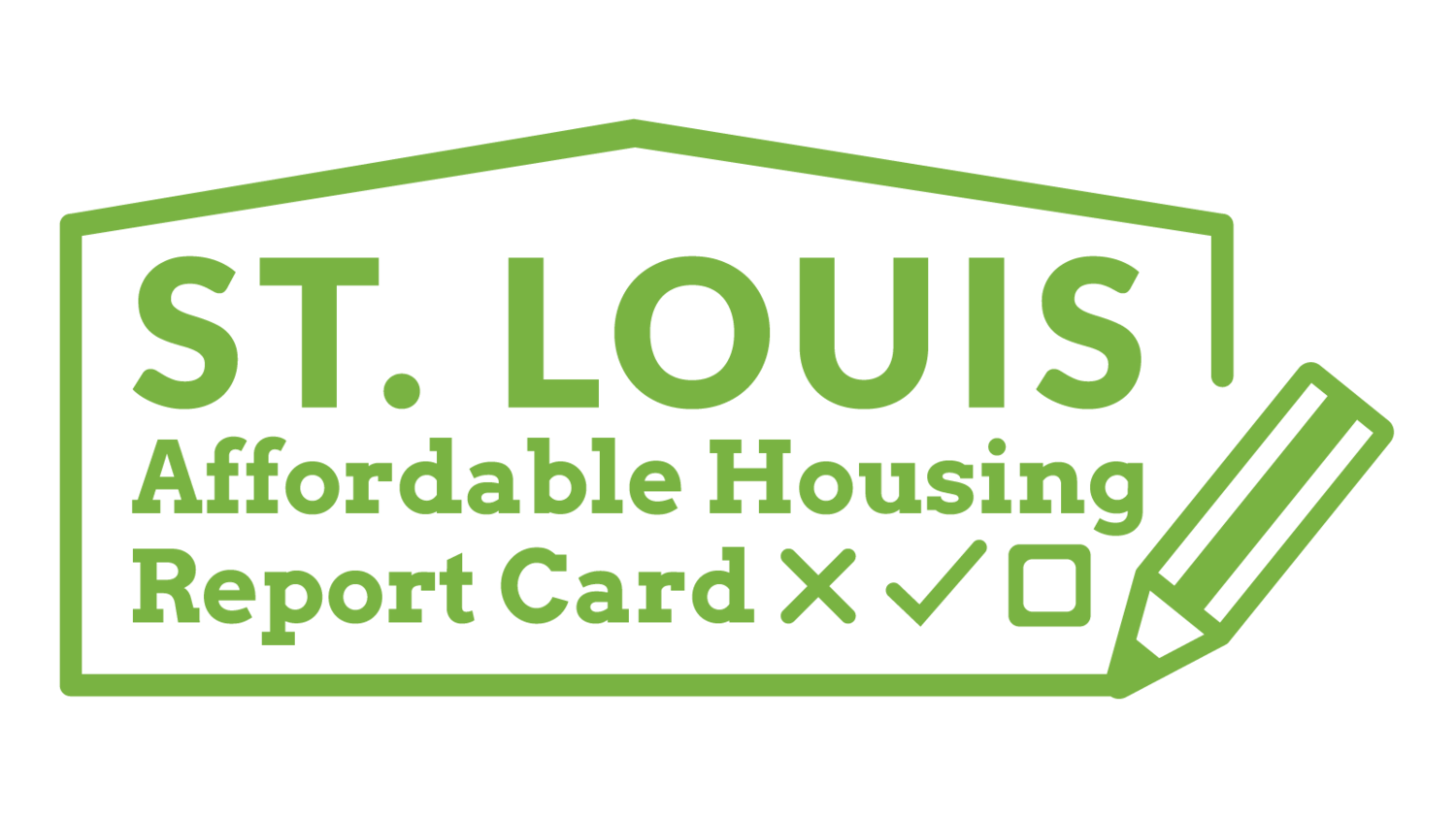
Quantifying Need for Affordable Housing
The purpose of an affordable housing demand model is to quantitatively estimate the number of housing units needed to produce affordable housing for the entire population of a geographic area. It takes into account existing housing supply and estimates current affordable housing demand in order to calculate unmet affordable housing demand.
Affordability Snapshot
Demand and Supply for Affordable Housing in St. Louis
We have grouped our findings by income bracket and by tenure in order to provide a clear analysis of the variety of needs and demand in the St. Louis housing market. Income brackets used in the analysis are all based on 2020 HUD Income Limits for 3-person families in the St. Louis MSA.
What types of affordable housing do St. Louis renters need?
Renters have unmet demand for affordable housing predominately in the lowest income brackets.
Households that make less than 30% AMI have the largest unmet demand for affordable housing. The St. Louis City and County need an additional 34,000 housing units with gross rent of less than $549 per month.
Households in the <30% AMI income bracket also have to compete with higher-income households for units below $550 in rent. Only about 1 in 4 households in the lowest income bracket have access to an income-restricted subsidized housing unit.
By Bedroom Type
The St. Louis region needs additional 1-bedroom, 2-bedroom, and 3-bedroom units affordable to those making less than 30% AMI. Our model estimates that we need an additional 28,000 1-bedroom units, 7,000 2-bedroom units, and 1,900 3-bedroom units with gross rents under $549 per month.
While there are over 31,000 households that can afford more than $1,500 per month for a 1-bedroom, there are close to 3,000 units at that price point. Similarly, there are over 23,000 households that can afford more than $1,500 per month for a 2-bedroom, and there are close to 7,000 units in that price range.
The affordable housing supply-demand mismatch means households with household incomes less than 30% AMI are having to pursue units that are affordable to households in the next income bracket (Units with gross rents of $550 to $999), while households in higher income brackets (80-100% AMI) pursue units that are affordable to households in lower-income brackets (Units with gross rents of less than $1,500).
Note:
There are differences in the estimates of affordable housing supply in rental units by gross rent when the data is also disaggregated by bedroom count because the table comes from two different tables created by the U.S. Census Bureau. We used 2019 American Community Survey 5-year estimates Table B25063 (Gross Rent) for rental units by gross rent and 2019 American Community Tables B25068 (Gross Rent by Bedroom) and B25004 (Vacancy Status) for rental units by gross rent and bedroom count.
What types of affordable housing do St. Louis homeowners need?
Based on estimates of supply and demand, there appear to be sufficient affordable housing options available at all income levels for homeowners.
There are nearly 72,000 homeowners who have very affordable housing costs, of which a third (at most) are in the lowest income bracket of less than 30% AMI.
Data Source: Comprehensive Housing Affordability Strategy and 2019 American Community Survey 5-year estimates.
Estimating Supply
To estimate the supply of affordable housing, we use the American Community Survey estimates of housing units by tenure, gross rent or housing costs, and bedroom count. Click through for a step-by-step guide!
Estimating Demand
To estimate the demand for affordable housing, we use a combination of HUD estimates of the number of households (by tenure, income, and size of household) and Census data on household types (by size of household). Click through for a step-by-step guide!






